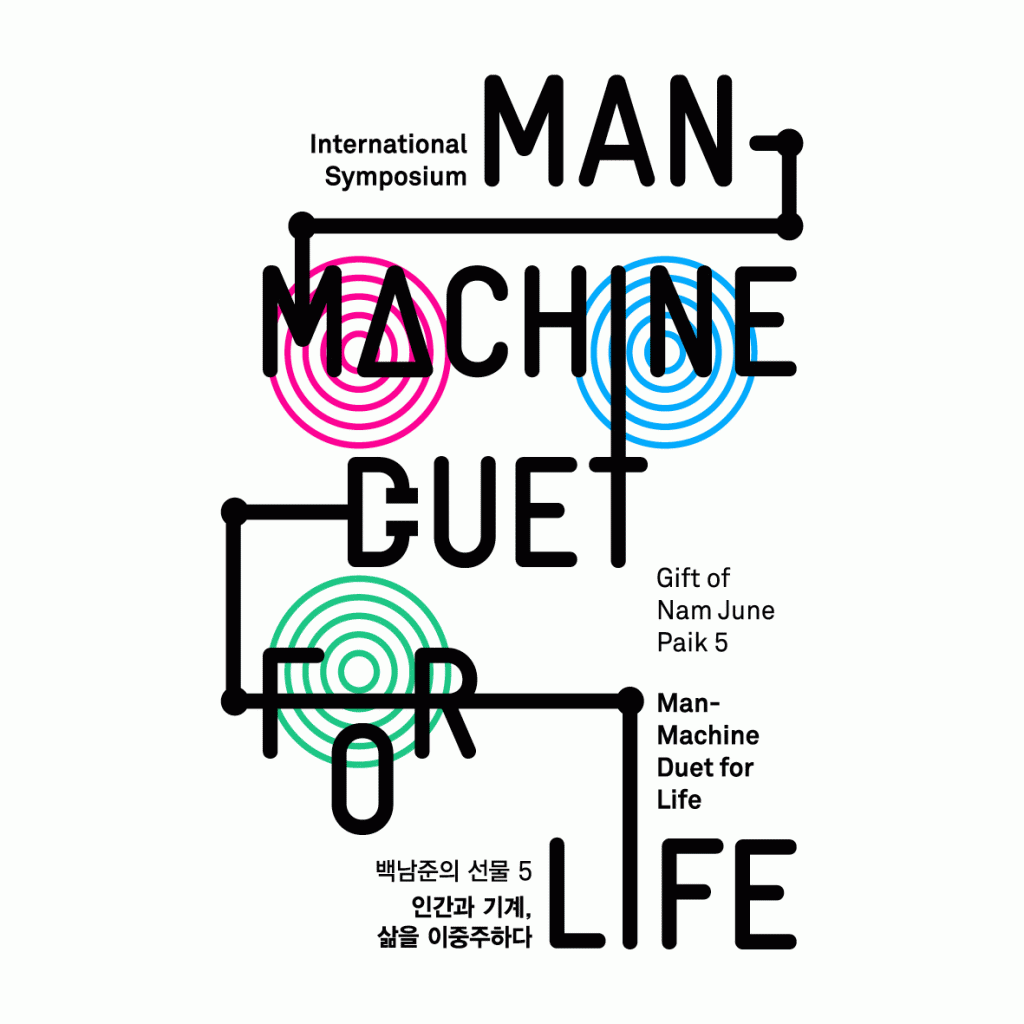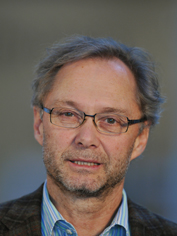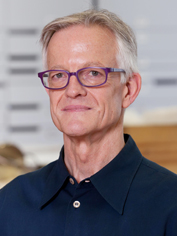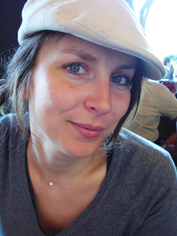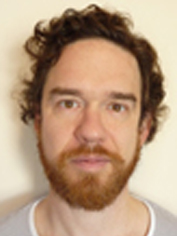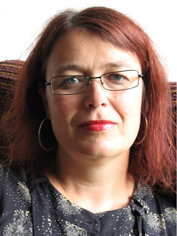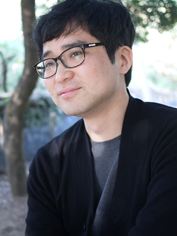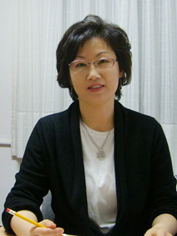Session I. Aging Matters? Time, Technology, and the Life of Paik’s Media Art
Moderator: Sang Ae Park(Archivist, Nam June Paik Art Center)
Bernhard Serexhe(Chief Curator, ZKM Media Museum)
Glenn Wharton(Time-Based Media Conservator, MoMA)
Hanna Hölling(Conservator/Researcher, University of Amsterdam)
Discussant: Sang Ae Park
Session II. Cyberneticus Paik
Moderator: Seong Eun Kim(Curator, Nam June Paik Art Center)
William Kaizen(Assistant Professor, Northeastern University)
Su Ballard(Senior Lecturer, University of Wollongong)
Moon-Ryul Jung(Professor, Sogang University)
Chan-Woong Lee(Assistant Professor, Ewha Womans University)
Chaired by Hyesook Jeon(Assistant Professor, Ewha Womans University)
Discussant: Sohyun Ahn(Curator, Nam June Paik Art Center)
Where does the life of media art lie? The materiality of an artwork is crucial to its life but when it comes to media art it becomes trickier to tackle. On a conceptual level, materiality plays a certain role in defining a work’s identity as ‘art’ as in such classical art as painting and sculpture, while its physical components are less critical in many cases than images and experiences they create. The same video can be played on a CRT monitor or on a LCD television; analog videos can be converted into digital ones varying in pixel resolution. The same work of art can be reproduced many times over, drawing on archival materials such as the artist’s drawings and specifications.
On the level of conservation, what should be conserved and what does it mean by ‘conservation’ in the first place in the context of media art? Media art is dependent upon technological equipments in large measure. Due to the rapid development of technology, the devices become easily outdated and are destined to be replaced at some stages. Who would then decide to make the change? Would this change ruin the work’s originality if the decision is made by someone else other than the artist?
These fundamental issues will be discussed by exploring some of Paik’s major works from the perspectives of museum specialists working in the USA, Germany, the Netherlands, Switzerland and Korea. The focus will be on the ‘objecthood’ and ‘biography’ of Paik’s artworks, as well as the day-to-day practicalities of “how-to”. To what extent do the material conditions for a work of media art contribute to its identity as art? How could the work’s life be shape-shifting not only by the artist but by the museum? In what ways should institutional policies and strategies deal with ‘becoming old’ of once new media?
“Cybernated art is very important, but art for cybernated life is more important, and the latter need not be cybernated.” This is part of Paik’s manifesto ‘We are in open circuits‘ written in 1965. As an avid reader, Paik often quoted contemporary theories in his works of art and also in his writings, among which is cybernetics. He dubbed his first solo show in New York in 1965, and participated in the group show in 1968. He included ‘List of Dealing with the Relationship of Aesthetics and Cybernetics’ in his essay 「Norbert Wiener and Marshall McLuhan」. By evoking the discipline of cybernetics, what did Paik want to shed light on?
This session will explore Paik’s art with reference to cybernetics, a science of systems that evolve through feedback generated in the interactions between man, machine and nature in the form of information control and communication. Paik’s way of thinking embodied in his artworks is none other than the vision for such realms as computer-based communication and systems- and machines-based art. One of the reasons Paik paid considerable attention to cybernetics consists in the fact that cybernetics made a philosophical turn regarding the human identity. Paik explored the possible changes caused by the development of technology to the existential forms of human beings, by creating a number of man-machine hybrids.
Paik’s works of art will be probed under different frameworks, among others, history of computing, systems theory, robotics and philosophy of art, so as to excavate what lies behind his stress on communication. This will lead us to reflect on the posthuman condition of human beings beyond the realm of art, how the human identity could be redefined in relation to ‘others’ which are not only humans but also machines and natural elements. Looking at Paik’s works through cybernetics this session will also raise questions about the current state of media art as well.

Bernhard Serexhe is an art historian, curator and author. His Ph. D. thesis from University of Freiburg is on the architecture of the Cathedral Saint-Lazare in Autun. Serexhe was a consultant for the Council of Europe – for the study on <The new space of communication, the interface with culture and artistic creativity>. Since 1994, he has been working at Media Museum at ZKM | Center for Art and Media Karlsruhe. Since 1998, Serexhe has been teaching media art and museology in different universities across Europe. Since 2010, he has been an initiator and director of the European Unions research project www.digitalartconservation.org.

Glenn Wharton is the Time-Based Media Conservator at the Museum of Modern Art in New York. Wharton is also a Research Scholar in Museum Studies at New York University. His most recent book is titled <The Painted King: Art Activism, and Authenticity in Hawai’i>, in which he tells the story of a community’s involvement with its sculpture of King Kamehameha I. His current research is on authorship and artwork identity in an age of collaborative production. Wharton received his master’s degree in Conservation from the State University College of New York, and his Ph.D. from the Institute of Archaeology, University College London.

Hanna Hölling is a conservator and a researcher in the field of contemporary art and new media. She was trained at the Academy of Fine Arts in Warsaw, University of Applied Science in Cologne and Central Institute for Conservation in Rome. Hölling was Head of Conservation at the ZKM in Karlsruhe. She has lectured at the State Academy of Art and Design in Stuttgart, Department of Conservation of New Media and Digital Information, and in the professional master program Preservation and Presentation of the Moving Image at the University of Amsterdam. She is currently a PhD research fellow at the University of Amsterdam working on Nam June Paik and new media.

William Kaizen is Assistant Professor of Art History and Media Studies at Northeastern University. He teaches in the Department of Art and Design and the Program for Media and Screen Studies. He is co-editor of the book ommunities of Sense: Rethinking Aesthetics in Practice>. His essays include «Steps to an Ecology of Communication: Radical Software, Dan Graham and the Legacy of Gregory Bateson». He recently curated the exhibition ‘Pop Cinema: Art and Film in the U.S. and U.K.’ at the International House Philadelphia, for which he was awarded a Pew Exhibitions Initiative grant. His current book project is on early video art and media populism.

Su Ballard is an art historian and curator from Aotearoa New Zealand. Su’s research focuses on the encounter between art history and new media in the art gallery. Su received her PhD titled <Out of Order: Encounters with Digital Materiality> from UNSW, Sydney in 2008. Her essays are featured in <Error: Glitch, Noise and Jam in New Media Cultures> and <Far Field: Digital Culture, Climate Change, and the Poles>. Su edited a special issue of The Fibreculture Journal,and co-edited The Aotearoa Digital Arts Reader (www.ada.net.nz). Su is a director of The Aotearoa Digital Arts Network, and is a Senior Lecturer in Art History at the University of Wollongong, Australia.

Moon Ryul Jung is Full Professor of Art Technology, Graduate School of Media at Sogang University, Korea. He got Ph.D in computer science from the University of Pennsylvania. He studied computer graphics and artificial intelligence. He teaches 3D computer graphics programming, how to build robots, how to build artificial life, and how to create light art. He wrote some articles on theoretical aspects of computer art and system art, and some articles on robotic and generative art work. His current project is a huge-scale “land artwork”, that is to create artificial rainbow by means of a collection of water drops made by the nozzle and fan system.

Chan-Woong Lee is an assistant professor in the Ewha Institute for the Humanities. He graduated from the Department of Electrical Engineering in Seoul National University and received his masters in the film studies from Université Lyon 2. He received his Ph.D. in philosophy from Ecole Normale Supérieure de Lyon with a thesis titled . His recent publications include «Le probleme de L`affect dans L`esthetique du cinema de Deleuze: de L`affection au temps» and «The Journey of the Concepts qi(氣) and li(理): From the Ancient Chinese Paintings to Deleuze’s Philosophy of Film».

Hyesook Jeon graduated from the Department of English Language and Literature. Holding a Ph.D. in modern art history from her alma matter, she is an assistant professor in the Ewha Institute for the Humanities. She served as the president of Korea Association for History of Modern Art and is currently working as an editor in chief for the association’s academic journal. Her recent publications include «“The Interface in Art – Screen and Frame in Art since Renaissance», «New Concept of Body in Art: Stelarc’s Cyborg Performance», «New Media Art Based on VR – Materiality or Immateriality» and “A Study on ‘New Ecology’ of Eduardo Kac – ‘Biobot’ and Transgenic Art.»
031-201-8512, reservation@njpartcenter.kr
8:50 / 11:45 Hapjeong Station(exit #2)
09:00 / 12:30 Across the overpass from Hannam the hill(previously Dankuk University),Hannamdong















